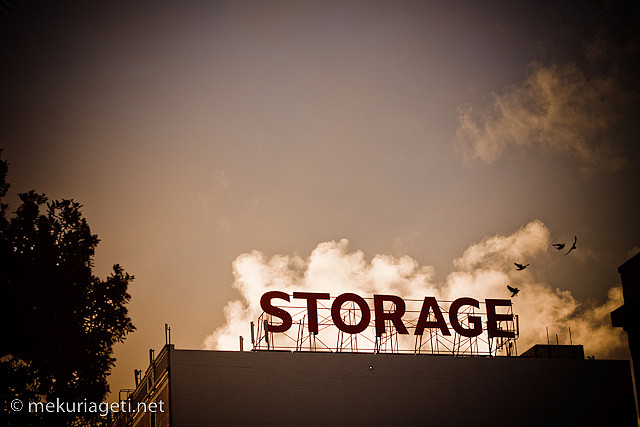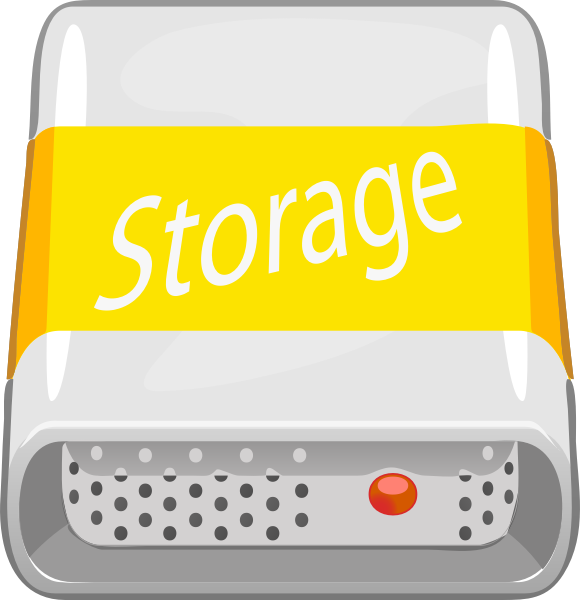This post brings you a summary of the infrastructure announcements from Azure that were made during August 2023. There are lots of announcements from Storage and a few interesting notes for VMs, networking, and ASR.
Storage
Azure Managed Lustre: not your grandparents’ parallel file system
With a few clicks of a web interface or an Azure Resource Manager template, AMLFS lets you provision an all-flash Lustre file system in minutes. What’s different is that this Lustre file system is all yours. If someone else in Azure is running a job that creates a million files, you won’t ever know it because your Lustre servers and SSDs are exclusively yours.
Massively scaled and high performance file systems for HPC workloads.
General availability | Azure NetApp Files: SMB Continuous Availability (CA) shares
To enhance resiliency during storage service maintenance operations, SMB volumes used by Citrix App Layering, FSLogix user profile containers and Microsoft SQL Server on Microsoft Windows Server can be enabled with Continuous Availability
SMB Transparent Failover means that clients should not notice maintenance operations.
Public preview: Azure Storage Mover support for SMB and Azure Files
Storage Mover is a fully managed migration service that enables you to migrate on-premises files and folders to Azure Storage while minimizing downtime for your workload. Azure Storage Mover can now migrate your SMB shares to Azure file shares.
To be honest, I’ve not encountered a “replace the file server with Azure Files” scenario yet. Third-party vendors often won’t support it for LOB apps. User data typically ends up in SharePoint/OneDrive. And wouldn’t most Citrix/RDS admins want to start with new profiles?
Generally available: Azure Blob Storage Cold Tier
Azure Blob Storage Cold Tier is now generally available. It is a new online access tier that is the most cost-effective Azure Blob offering for storing infrequently accessed data with long-term retention requirements, while providing instant access. The pricing of the cold tier storage option lies between the cool and archive tiers, and it follows a 90-day early deletion policy. You can seamlessly utilize the cold tier in the same way as the hot and cool tiers.
Cool – Cold. Tell me that isn’t confusing. The scenario is that you want to store data for a long time, but you need it immediately available. Archive requires a 15-hour restore (“rehydration”) that can be accelerated with a charge. Cold is one step up, but not as cost-effective.
Public Preview: Azure NetApp Files Cloud Backup for Virtual Machines
With Cloud Backup for Virtual Machines, you can now create VM consistent snapshot backups of VMs on Azure NetApp Files datastores. The associated virtual appliance installs in the Azure VMware Solution cluster and provides policy-based automated and consistent backup of VMs integrated with Azure NetApp Files snapshot technology for fast backups and restores of VMs, groups of VMs (organized in resource groups) or complete datastores lowering RTO, RPO, and improving total cost of ownership.
General Availability: Incremental snapshots for Premium SSD v2 Disk and Ultra Disk Storage
You can now instantly restore Premium SSD v2 and Ultra Disks from snapshots and attach them to a running VM without waiting for any background copy of data. This new capability allows you to read and write data on disks immediately after creation from snapshots, enabling you to recover your data from accidental deletes or a disaster quickly
I can see third-party backup making use of this.
Azure Elastic SAN updates: Private Endpoints & Shared Volumes
As we approach general availability of Azure Elastic SAN, we continue improving the service and adding features based on your feedback. Today, we are releasing private endpoint support and volume sharing support via SCSI (Small Computer System Interface) Persistent Reservation.
This sounds like the sort of feature maturity one will expect as the service approaches general availability. I wonder what the actual target market is for this service.
Azure Site Recovery
Private Preview – DR for Shared Disks – Azure Site Recovery
We are excited to announce the Private Preview of DR for Azure Shared Disks for workloads running Windows Server Failover Clusters (WSFC) on Azure VMs. Now you can protect, monitor, and recover your WSFC-clusters as a single unit across its DR Lifecycle, while also generating cluster-consistent recovery points – which are consistent across all the disks (including the Shared Disk) of the cluster.
This feature is long overdue for customers using shared virtual hard disks to create failover clusters.
Networking
Public preview: Support for new custom error pages in Application Gateway
In addition to the response codes 403 and 502, the Azure Application Gateway now lets you configure company-branded error pages for more response codes – 400, 405, 408, 500, 503, and 504. You can configure these error pages at a global level to apply to all the listeners on your gateway or individually for each listener.
These pages can be shared on any publicly accessible URI.
Azure Firewall: New Monitoring and Logging Updates
Notes:
- (Preview) With the Azure Firewall Resource Health check, you can now view the health status of your Azure Firewall and address service problems that may affect your Azure Firewall resource. Resource Health allows IT teams to receive proactive notifications regarding potential health degradations and recommended mitigation actions for each health event type
- (Preview) The Azure Firewall Workbook presents a dynamic platform for analyzing Azure Firewall data. Within the Azure portal, you can utilize it to generate visually engaging reports.
- (GA) The Latency Probe metric is designed to measure the overall latency of Azure Firewall and provide insight into the health of the service. IT administrators can use the metric for monitoring and alerting if there is observable latency and diagnosing if the Azure Firewall is the cause of latency in a network.
Resource health should make for a useful alert, especially when enabling DevSecOps – be aware of the dreaded “out of sync” error. I just tried the workbook in a production system – I noticed a couple of things that I might not have otherwise noticed because they didn’t trigger a human response (yet). The latency probe is interesting – I think it originated from customer network performance scenarios where it was suspected that the firewall was the root cause.
Virtual Machines
Public preview: Azure Mv3 Medium Memory (MM) Virtual Machines
Today we are announcing the public preview of the next generation Mv3 Medium Memory (MM) virtual machine series. Powered by the 4th Generation Intel® Xeon® Scalable Processor and DDR5 DRAM technology, the Mv3 medium memory (MM) virtual machines can scale for SAP workloads from 250GB to 4TB. With Azure Boost, Mv3 MM provides a ~25% improvement in network throughput and up to 1.5X improvement in remote storage throughput over the previous M-series families.
These machines start at 12 vCPUs and 240 GB RAM, scaling up to 176 vCPUs and 2794 RAM. That should just about be enough to run Teams.



















